Enamored with the idea of setting foot in the oldest street in the oldest city of the Philippines, tourists flock to Colon Street in Cebu to see what have become of the historic thoroughfare. What greets them, at times to their dismay, is its urban decay: decades-old buildings, decrepit and sallowed by the elements, and weathered pavements that have provided many a vagrants comfort in place of a warm bed.
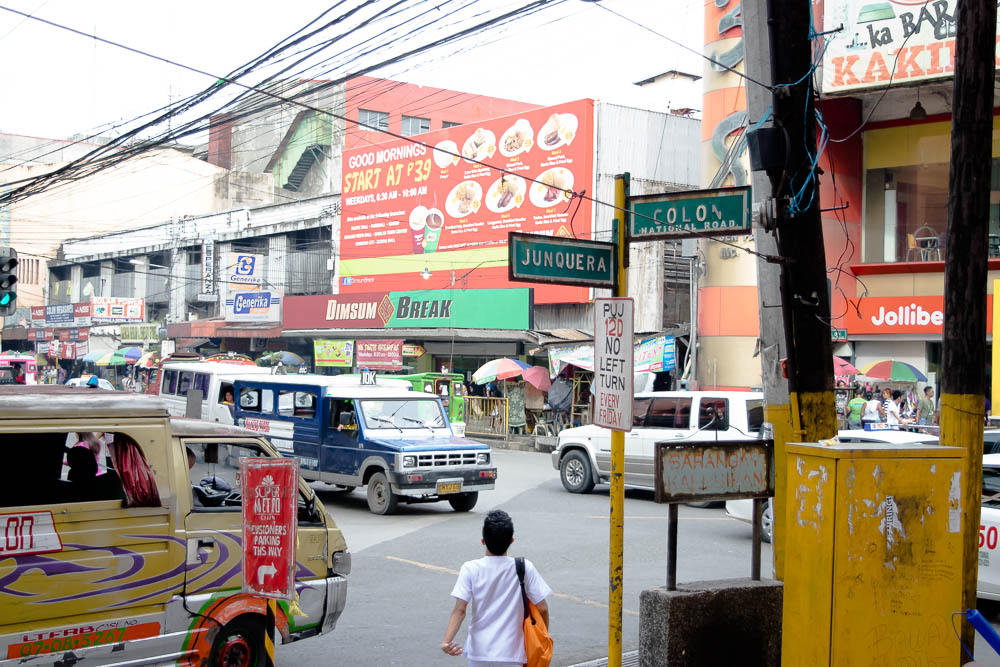
But Colon will always be dear to those who call it home: from vendors to bar habitués and strangers who disappear under its neon lights. It provides some semblance of peace and safety to people who drift along its paths; it welcomes them with its sinewy arms, and doesn’t have a care about their past or where they come from.
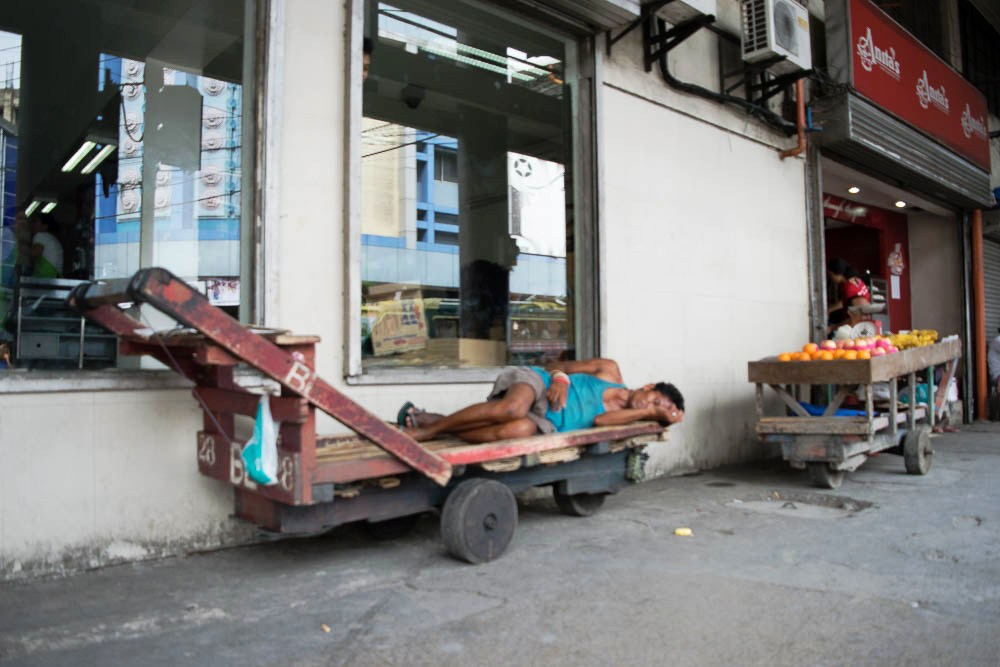
Fast Facts
Colon Street is said to be the oldest, not to mention, shortest national road in the country. Its namesake is Cristobal Colon—Christopher Columbus, to the rest of the world. The plan to establish Colon was said to have been originated by Spanish explorer Miguel Lopez de Legazpi, who came to the Philippines in 1565.
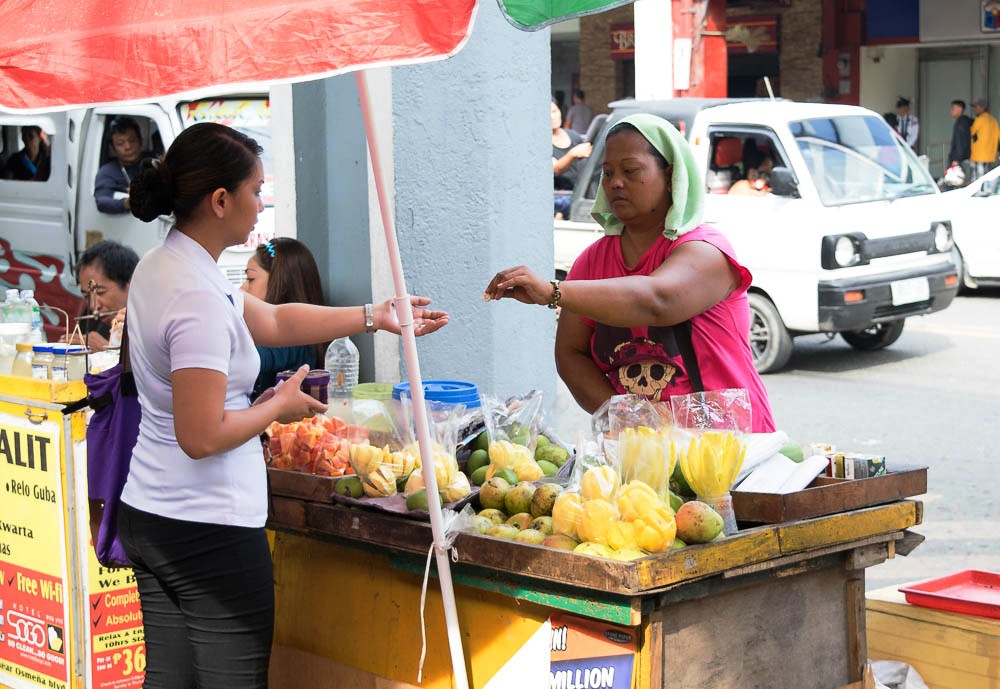
Colon Street was similar to the shopping districts of Sta. Cruz, Manila is in the 1960s or 70s. Before, Colon Street used to be the one of Cebu’s epicenter of commerce and lifestyle where the biggest malls are situated. Its shimmer waned in the 1990s when businesses moved to the new business hubs that are now mundane in the city.
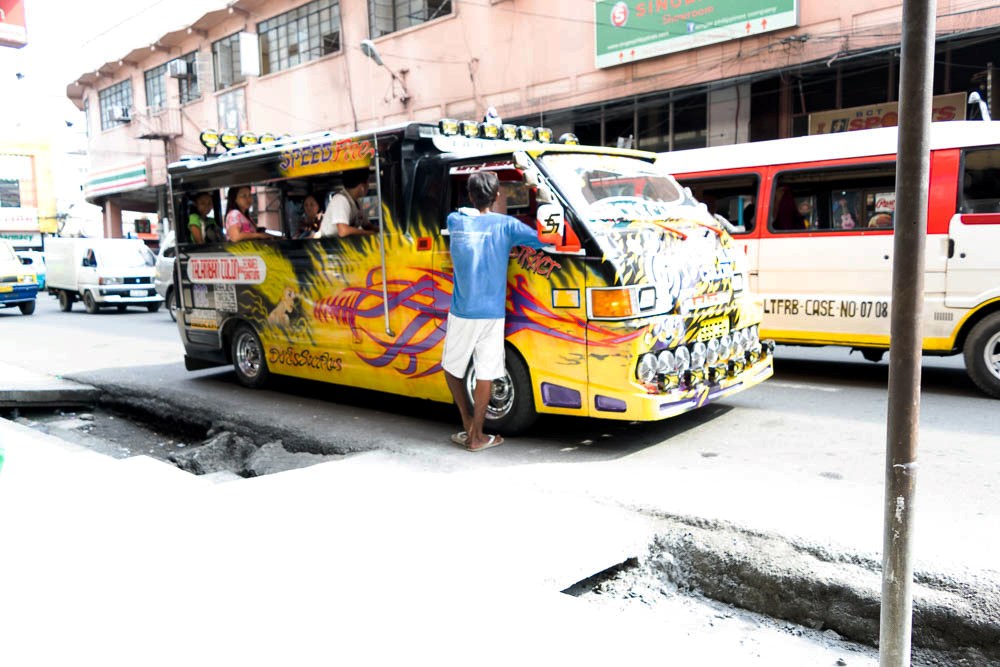
The Cebu City Council expressed its plan to revive Colon as a tourism hotspot in 2006, but it didn’t materialize. Various groups protested the proposal, as it involves closing a section of the historic street.
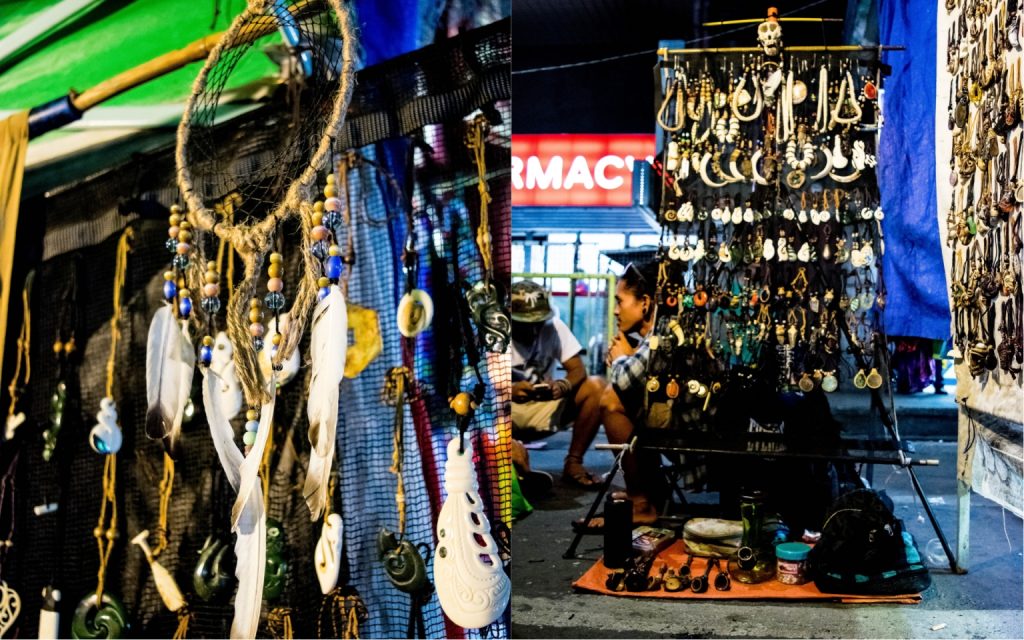
Colon is the setting for a weekly night market, similar to bazaars or “tiangges” in Metro Manila’s Quiapo, Divisoria and Baclaran districts. From bargain clothes to Feng Shui bracelets made from semi-precious stones, the Colon street night market stalls got you covered.
SEE ALSO: Take a Look Inside the Mactan Shrine in Cebu
Featured Image by Jake Descalso
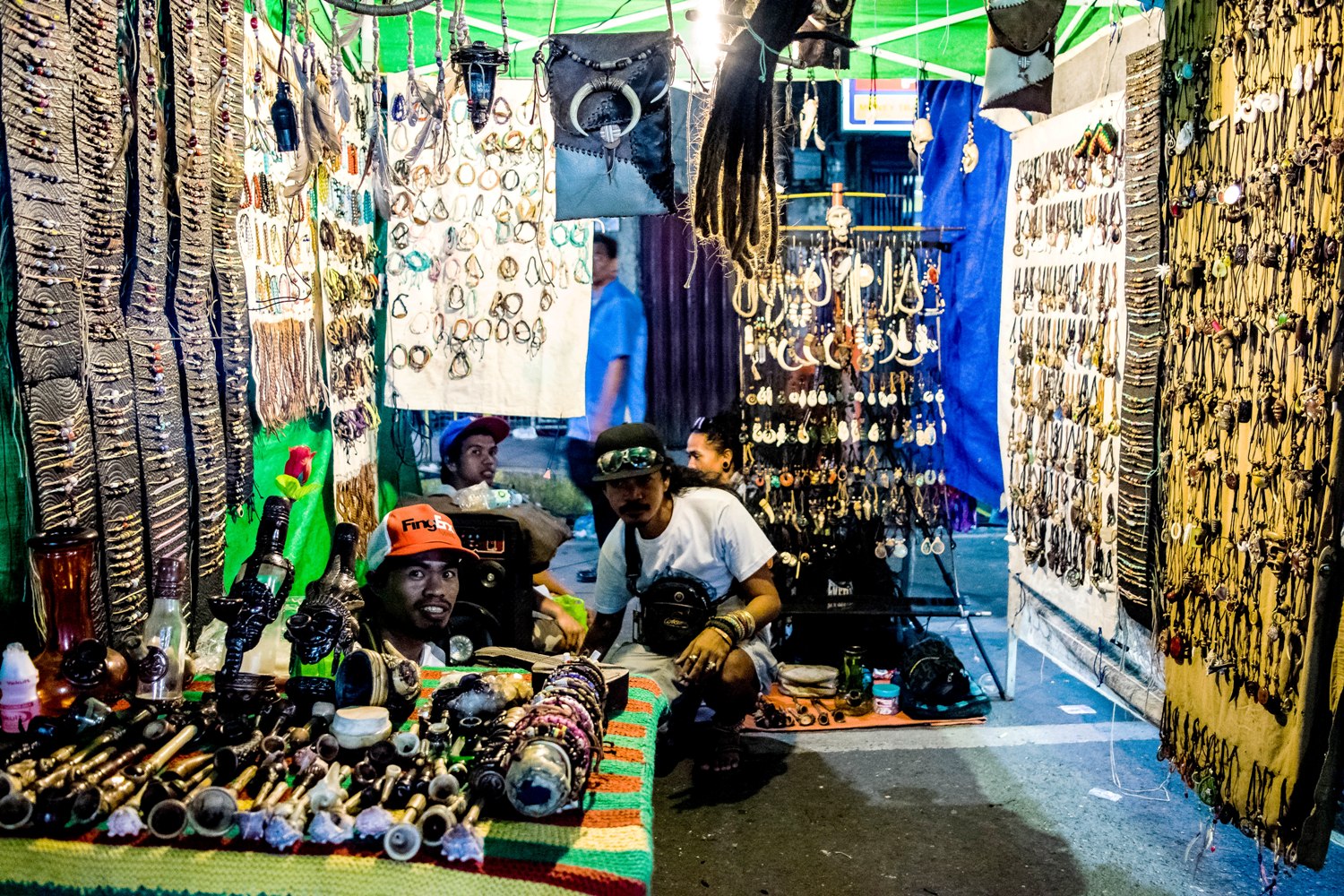


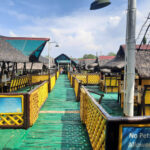
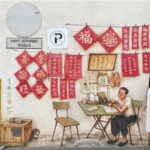

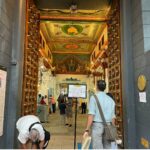



Comments